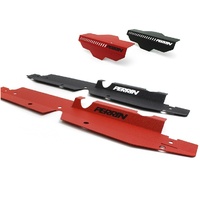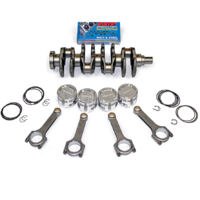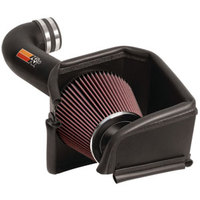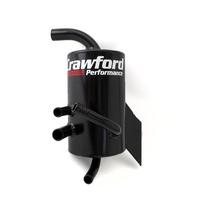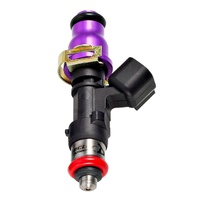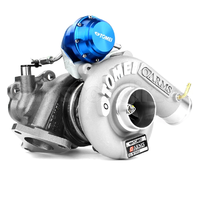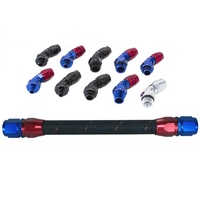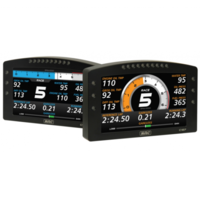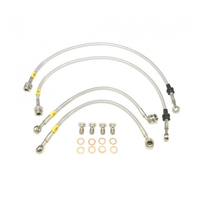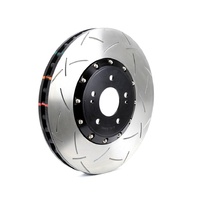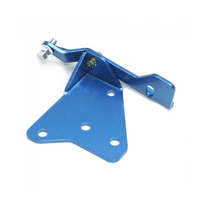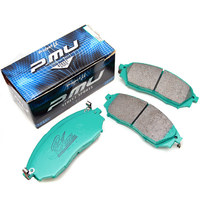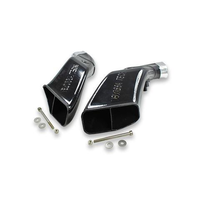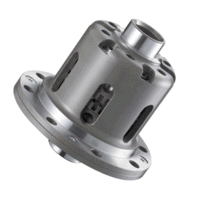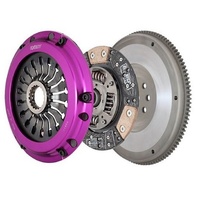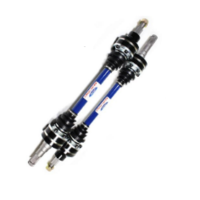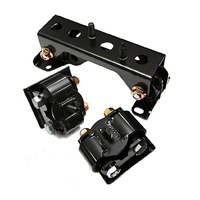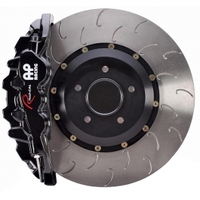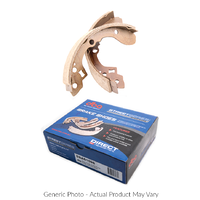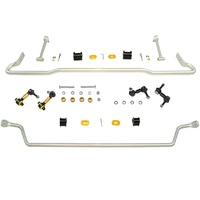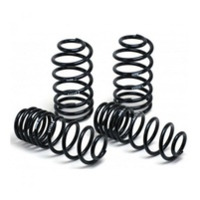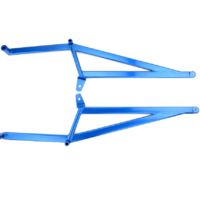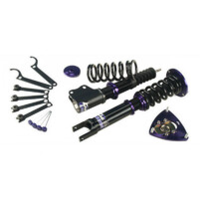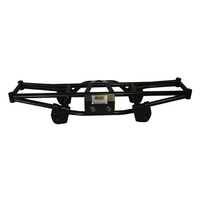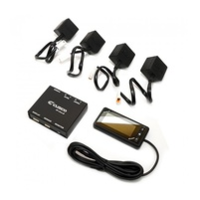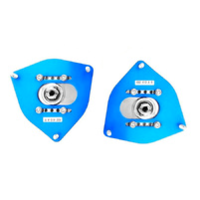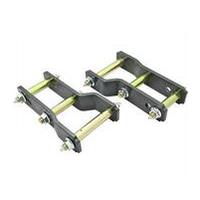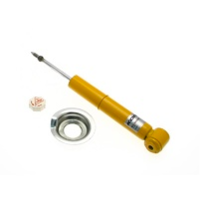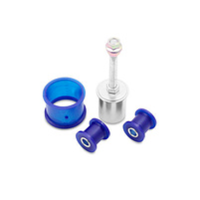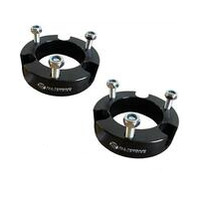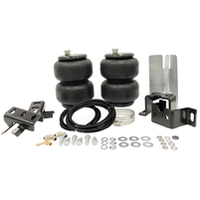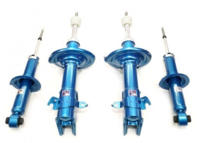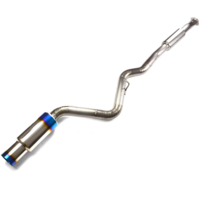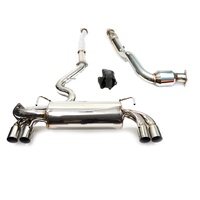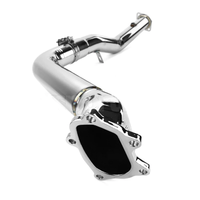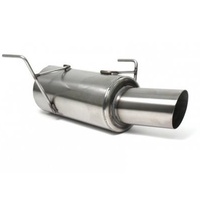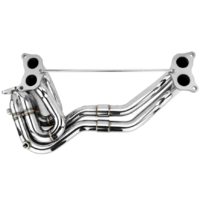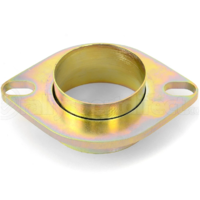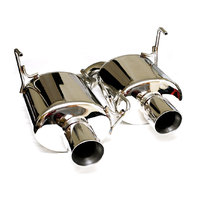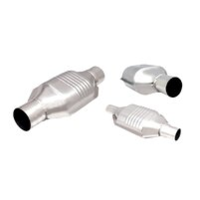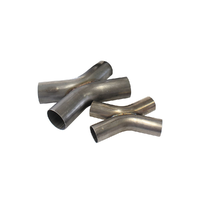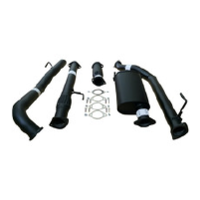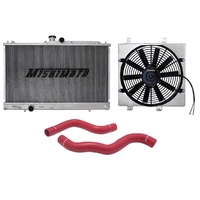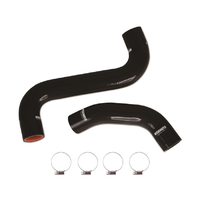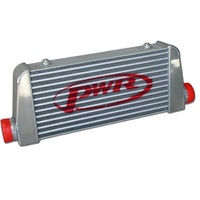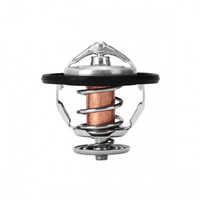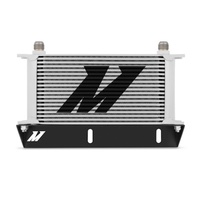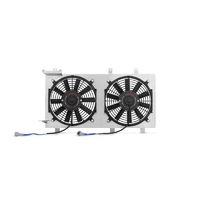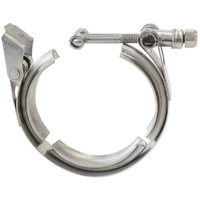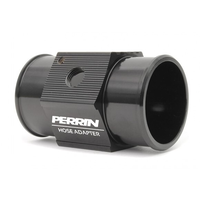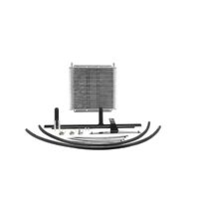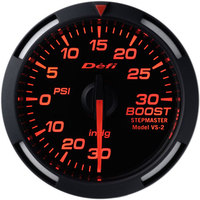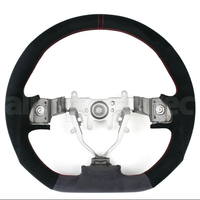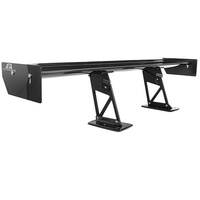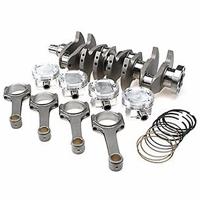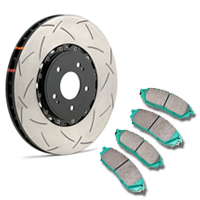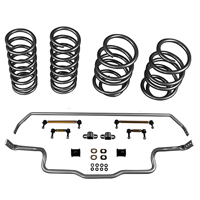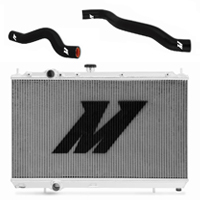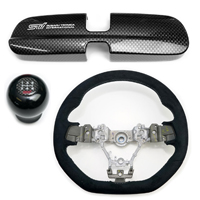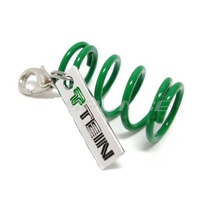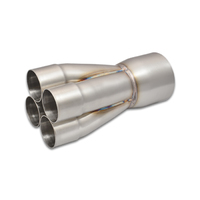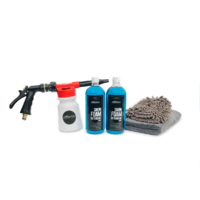The exhaust system is a relatively simple piece of equipment, but it’s also one of the most important pieces of your car. Helping vent the toxic fumes that are generated by the engine, it ensures that your car doesn’t explode while you’re driving.
But it’s subject to wear and tear, just like any other auto parts in your car. The exhaust system hangs beneath the car, which means it’s often subject to damage from debris on the road, speed bumps or poor parking. Issues like blue or black smoke coming from the exhaust pipe, leakage, or unpleasant smells in the car while you’re driving can all be signs that there are issues that need to be addressed.
If you suspect that you have an issue with your exhaust, it’s important to get it addressed as soon as possible. Cracks and other damage can cause exhaust fumes to leak into the car before they’re properly vented, which in turn can cause issues such as accidents or carbon monoxide poisoning. It’s also illegal to be on the road without a properly functioning exhaust. Sometimes these are relatively simple issues and repairs that can be addressed by yourself or with the help of a mechanic. But in some instances, it may be necessary to replace the entire car exhaust system.
Replacing the exhaust system can also be a way to upgrade your vehicle — such as with a turbo car exhaust system. But it should be noted that replacing your car exhaust system is a complex job that will vary slightly from model to model. If you’re not confident in replacing it yourself, make sure you reach out to a reliable mechanic — they’ll be able to ensure that it’s carried out safely. But if you’re keen to give it a go for yourself, we’ve broken down the steps for you below.
1. Inspect your vehicle
Before buying any replacement auto parts, it’s important to inspect the car’s underside and see the problem. This should be done by elevating the car, either on a platform or by utilising jacking systems safely. Make a note of any issues such as rust, corrosion, cracking or holes. If you’ve got a multi-part exhaust, this will help identify which pieces need replacing prior to purchasing new parts.
2. Buy the new car exhaust system
Speak to a seller (such as Car Mods Australia) to find out which auto parts are best for your car. Generally, it’s recommended that you buy one dedicated to your make and model, but there are exceptions, particularly if you’re looking for a performance item like a turbo car exhaust system.
Additionally, you should also replace the bushings and hangers when you’re replacing your exhaust. This will help ensure that the new exhaust fits together properly and doesn’t rattle around, potentially causing noise and damage.
3. Remove the muffler
After you’ve raised the car safely via jacks, the real work can begin. Before you start dismantling anything, it can be worthwhile sketching or taking a photo of the layout of the exhaust system so that you can put it back in place properly later.
Once this is done, use a socket and ratchet to undo the muffler. Be careful to use the appropriately sized tools so that you don’t accidentally strip the bolts and make them tougher to remove.
4. The catalytic convertor
Responsible for reducing the toxins in your exhaust before it’s vented, the catalytic converter must also be detached.
5. Remove and replace rubber hangers
Detach the old rubber hangers from your car and then put new ones on to replace them. The middle piping should also be attached to them at this point.
6. Attach the new muffler and gaskets
Install the new muffler, then attach a new gasket — this should go between the catalytic converter and the new exhaust pipe. Additionally, attach the new piping and gasket between the muffler and catalytic converter. Don’t completely tighten the bolts just yet, though.
7. Inspections
This is where the placement of the exhaust can be fine-tuned; make sure that various flanges and parts are connected properly, and that nothing is pressed against the frame, gas tank or heat shields. Also, do a visual inspection to make sure that it’s not hanging too low to the ground.
After this, the bolts can be tightened so that your new car exhaust system is held in place properly.
8. Turn the car on
Before lowering the jacks, make sure that you start the car and listen to the sound of the new exhaust. Each flange should be carefully inspected to ensure that there’s no exhaust gas leakage — you should be able to hear it, but you can also feel for it by holding your hand nearby. Just make sure that you don’t hold it too close or touch it directly, as the air will be hot.
9. Time to drive
After this final check has been done, it’s time to take your car out on the road! Take it out for a test drive and listen carefully for any signs of hissing, banging or other potentially problematic noises. If there are, head back home or to the mechanic immediately for repairs and tweaks.
Hopefully, the installation has gone smoothly, and you’re ready to roll. Installing a new exhaust can be a great way to enhance your car and ensure that it’s at peak performance — now, it’s just a matter of maintenance.
Buy your car exhaust system from Car Mods Australia
No matter which part of your car exhaust system you need to replace, the team at Car Mods Australia can help. We carry a huge range of aftermarket components from the world’s leading manufacturers, from rubber hangers through to complete car exhaust systems. Visit our Invidia Exhausts Collection to find the perfect match for your car and take the first step toward a thrilling and exhilarating ride!
Not sure which part you need? Reach out to us by phone or online. The team here at Car Mods Australia will be more than happy to help you secure the parts you need.

